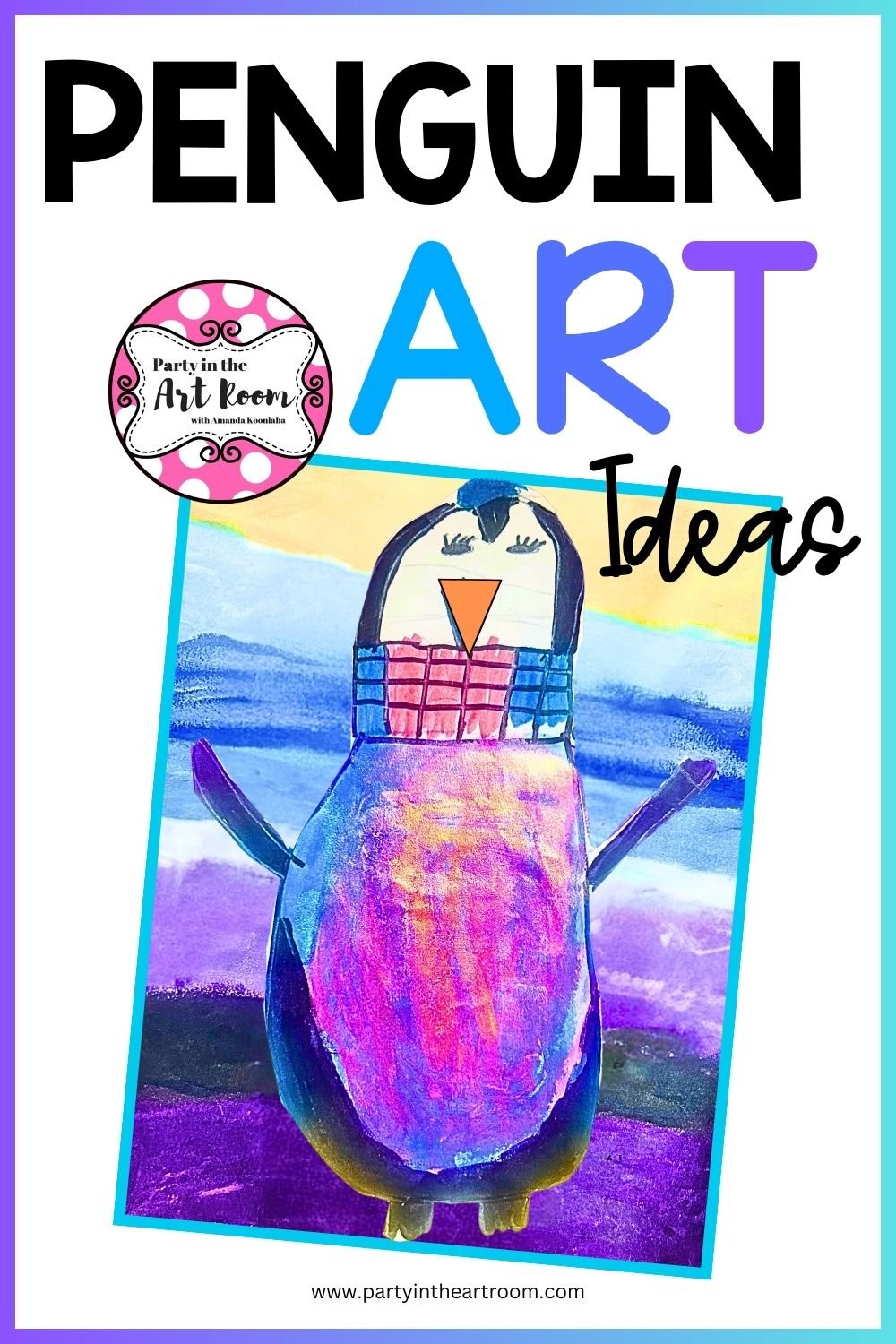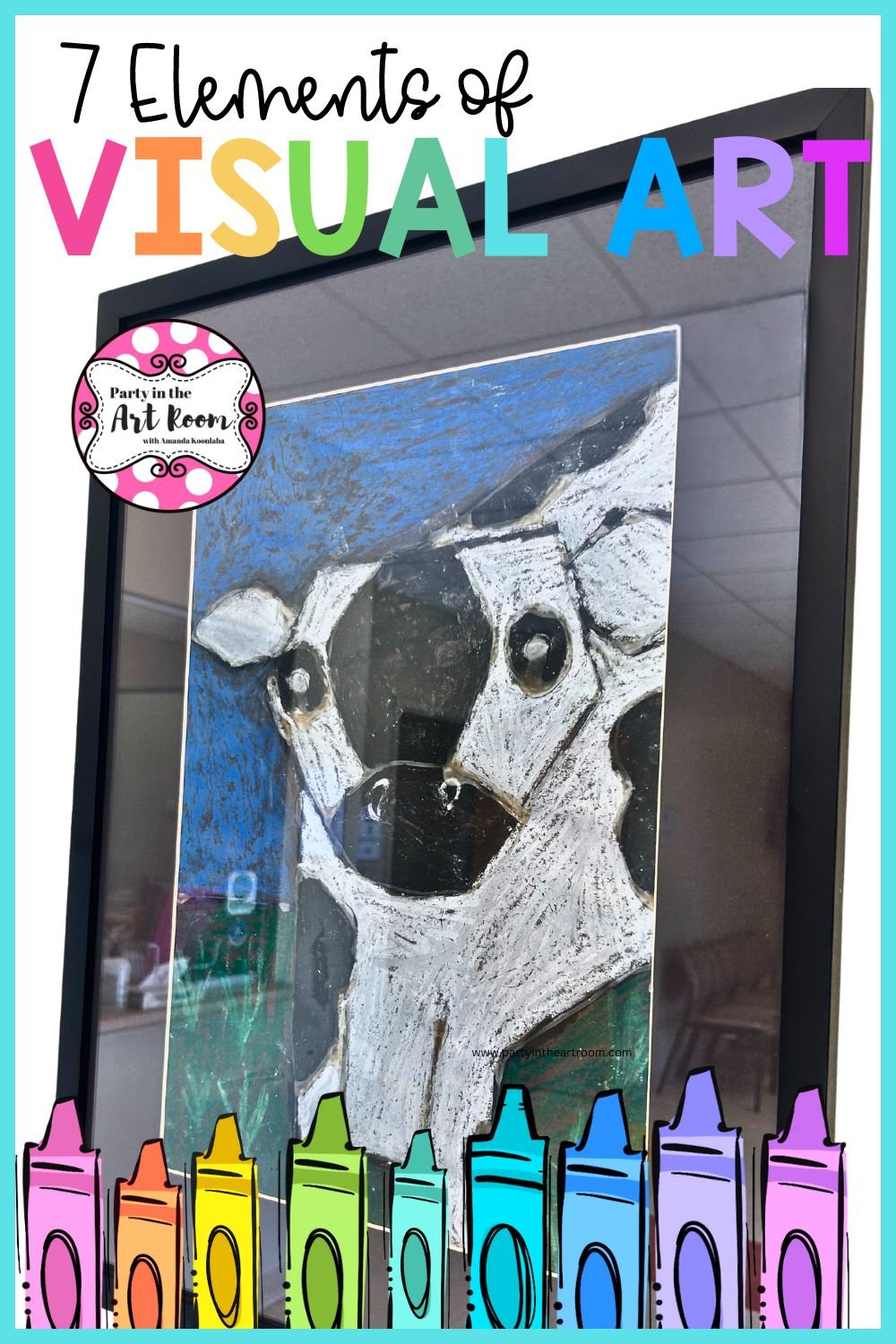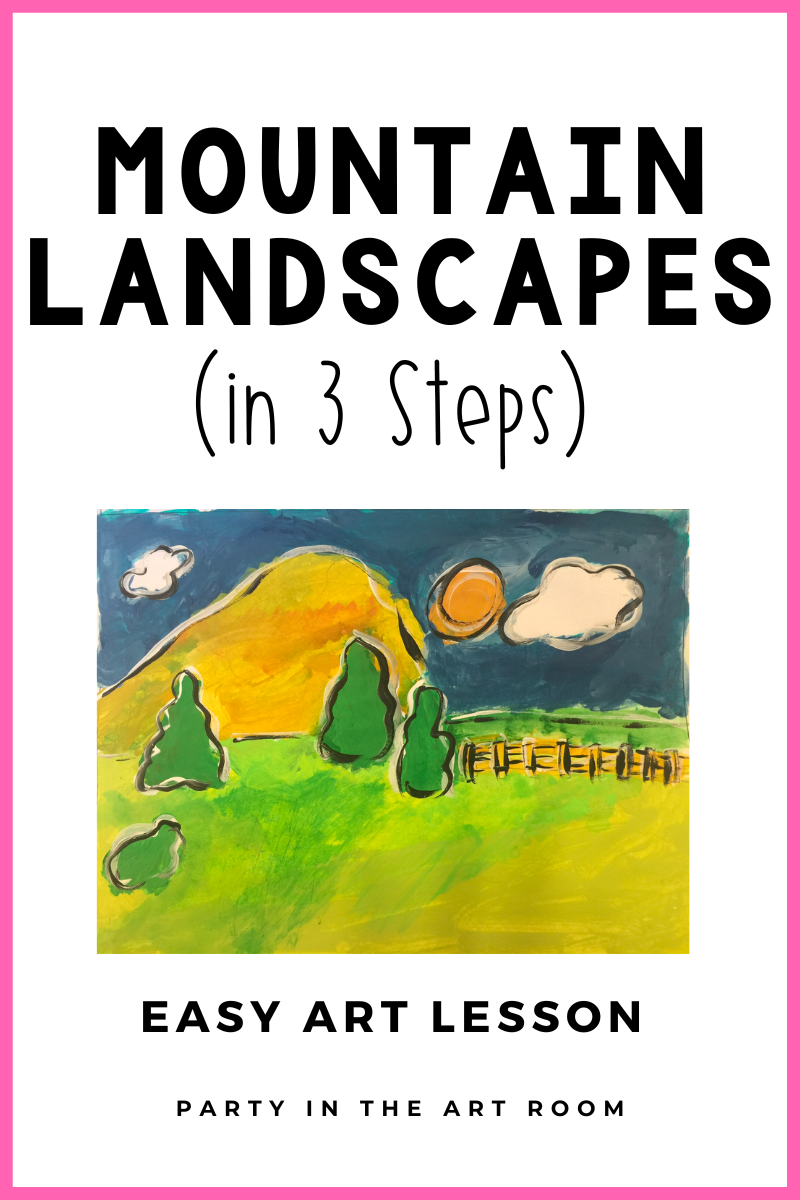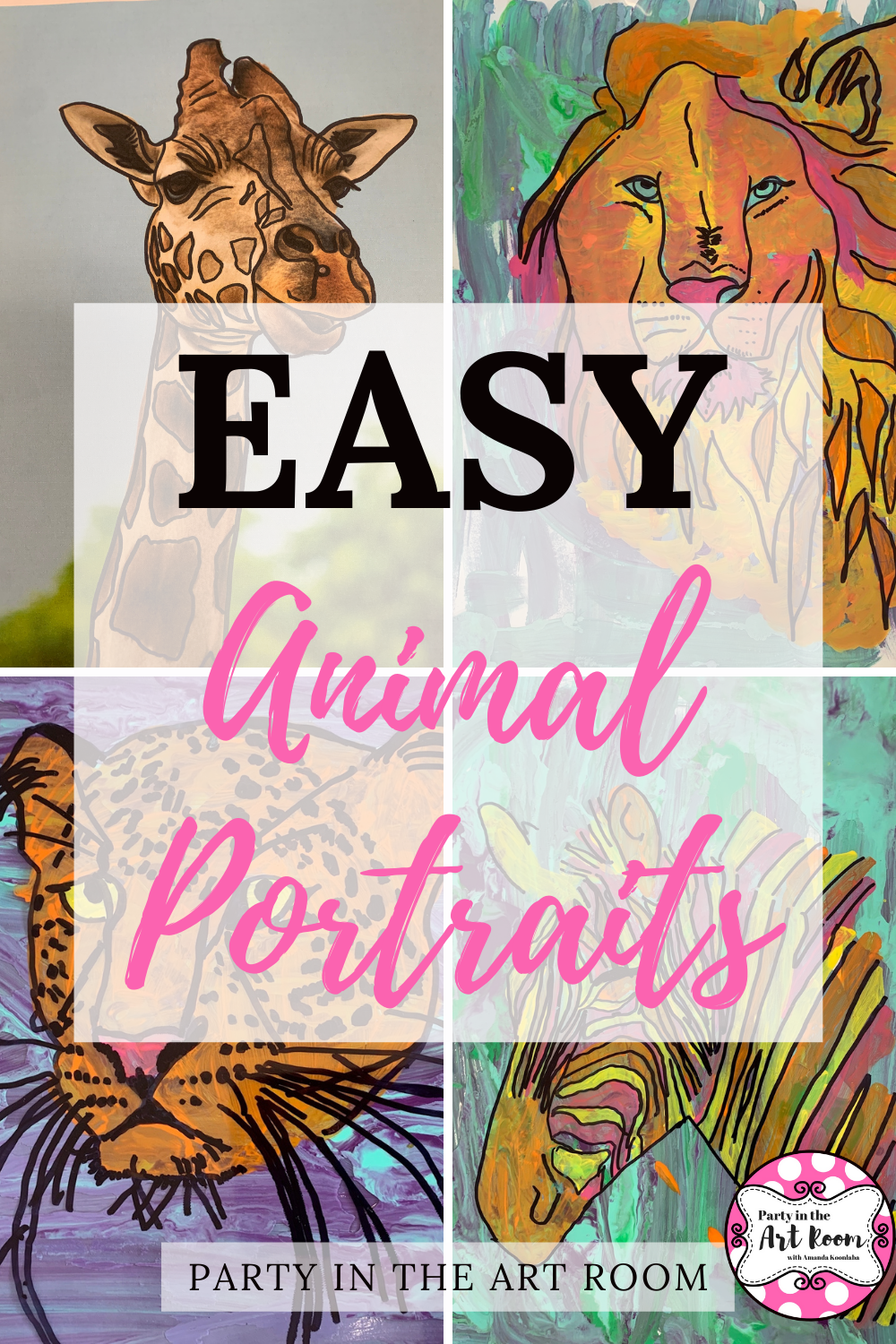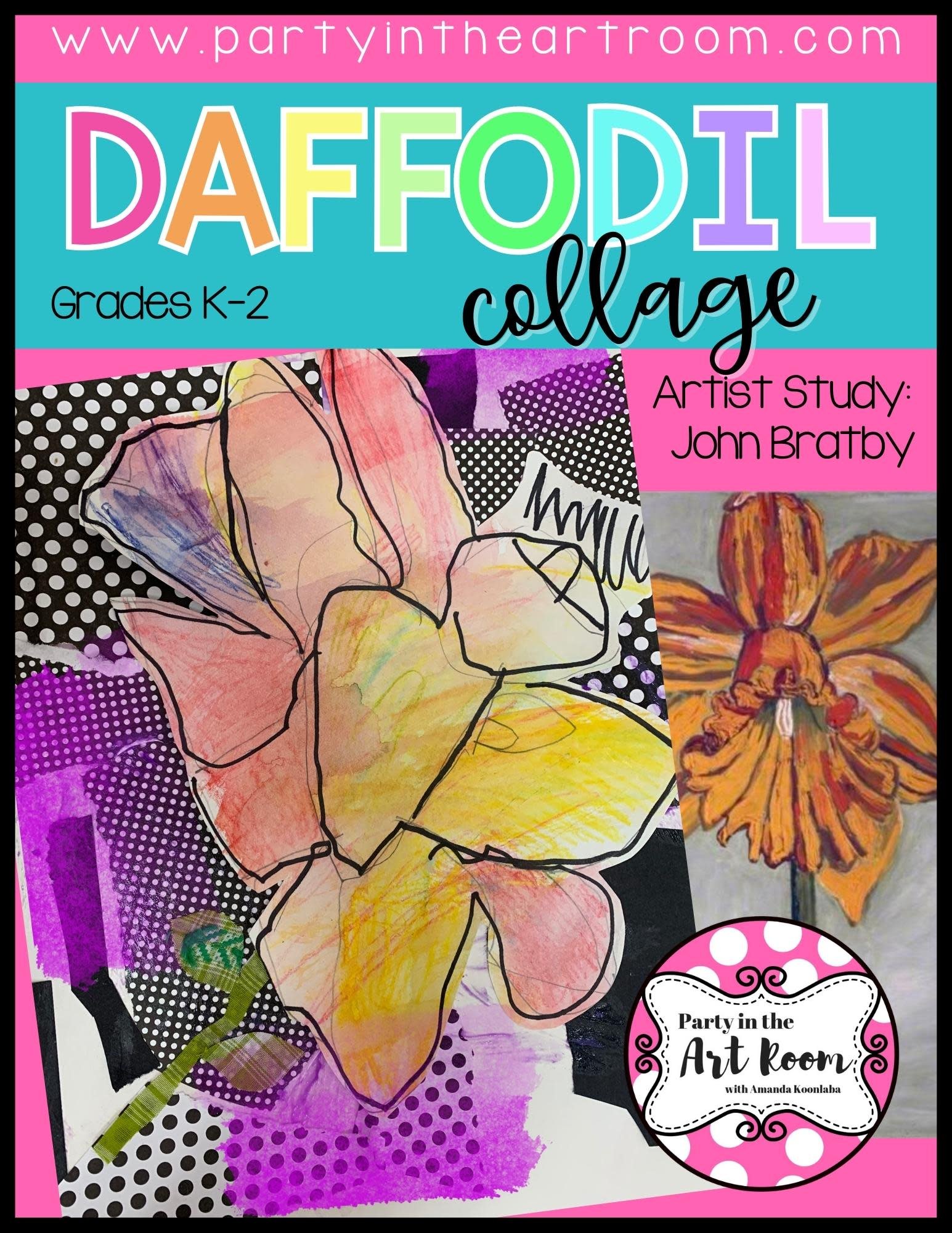4 of the Most Colorful Winter Art Projects for Elementary
Winter is one of the most beautiful times of the year. With the clean and crisp cover of fresh snow, it is easy to see the beauty present in the world around us. This Winter Landscape freebie is the perfect example of how a winter wonderland makes for a great art subject. Winter also provides a great focus for elementary art projects. Here are four winter elementary art projects that will help your students practice the elements of art while appreciating the beauty of the colder months.
Snowman Art and Roll Game
The Snowman Art and Roll Game is a fun game where young artists can roll a dice to randomly build a snowman outline with fun and unique characteristics and patterns.
Students will start by rolling a six-sided die and using the provided grid to determine the randomized characteristics of their snowmen. Each roll of the dice will tell students how to draw the snowman’s eyes, nose, buttons, and arms. Additional rolls will provide patterns that students can add to make their snowman unique while practicing new lines and shapes.
Randomized drawing games are a fun way to make a unique snowman drawing every time. These games give children the opportunity to improve their drawing ability by utilizing different styles of lines and shapes each time they roll the dice.
The snowman art and roll game can be used in classrooms to create a whole collection of snowman drawings that are as unique as your students. Since each drawing is randomized, kids can complete the project over and over again, practicing a different skill each time.
This is a great winter dice roll game with a lot of room for variation and creativity.
Cardinals in the Snow
Cardinals in the Snow is a great winter art activity that can help develop a student’s visual perception skills. Start by painting a piece of paper with blue tempera paint. This will create the background of the sky. Then use your brush to dab white spots all over the page. This will add the depth of snow to your wintery background.
After the background is complete, students will need to determine where to place the branches of their tree. Use dark brown paint for the bottom branches and a lighter brown tempera for the taller branches. Instruct your artists to leave room to place their cardinals. This is great practice for students to develop their visual perception skills because they will need to estimate the perfect amount of space between branches so their cardinals will fit.
Students will then paint their cardinals using the basic shapes of two triangles and an oval. Once you have the body of the cardinal created and the paint has dried, students can add eyes, feet, and a beak with paint markers to bring their cardinals to life.
Snowman Snow Globe
If you are looking for a quick and fun art project to fill some time leading up to the holidays the Snowman Snow Globe project is perfect for you. On a piece of construction paper, have students draw a circle with construction paper crayons. Inside the circle, students draw a wintery scene with snow and trees while leaving room for their snowman. Students will use three circles to make the body of their snowman and other basic shapes to add the snowman hat, nose, eyes, mouth, scarf, arms, and buttons. Students can then draw the base of their snow globe with a simple triangle or rectangle shape.
After the drawing is complete, use white tempera paint and a Q-Tip to add dabs of snow all over the circle of your snow globe. Students can add depth to their project by using silver glitter glue to represent the sparkly snow. After the snow has been added, have students cut out the design with scissors and glue it to a background. Pre-cut snowflakes can be added to the project for a more complete composition.
Mixed Media Snowman
Start with a piece of thick paper to serve as the base for your background. Next, students will use watered-down glue to adhere small pieces of tissue paper to the base to give a stained-glass window look for the background. Place a precut snowflake on the glue-covered surface where you want the base of the snowman to be. You will not need to add any extra glue to the snowflake as the background will already be sticky.
Next, students will use white tempera paint to paint their snowman onto the mosaic background. Students can add texture and depth by adding snowfall with white tempera paint and a Q-tip. After the paint dries, pull off the precut to reveal the tissue paper background at the base of the snowman.
After the paint has dried, use black construction paper and construction paper crayons to make the hat, eyes, mouth, buttons, and nose. Finally, use oil pastels to draw the scarf and arms once it is all dry.
Closing Thoughts
As winter approaches, these colorful and engaging art projects are sure to brighten up your classroom and inspire your students to explore their creativity.
Not only do these activities celebrate the beauty of the season, but they also help develop key art skills, from using different textures to mastering visual perception. By integrating fun and learning, you'll foster a deeper appreciation for art in your students while making lasting memories.
Don't forget to share your students' unique creations—each snowman, snow globe, and cardinal tells its own winter story!
You Might Also Like
More Great Ideas
Free Art Analysis Task Cards with QR Codes and Student Response Sheets - Featuring Winter Landscapes in Art
Drawing Practice Workbook with Drawing Prompts
Affiliate Disclosure: Party in the Art Room is supported by its audience. When you purchase through links on this site, a commission may be earned.
I’m Amanda, and I align standards and integrate content to help teachers meet the needs of the Whole Child in art class! I have yet to find a standard that I couldn’t teach through art, and I want to share it all with you.
Not sure where to start with bringing art and content together? This freebie guide is packed with 25 ideas to align your art lessons with math and ELA standards. Your students will be crafting art and practicing algebraic thinking. Win-win!
I want all students to feel successful in the art room, so I created a standards-based Daffodil Collage lesson to do just that! The lesson includes an artist study, student reflection, and more, so push your artists to their full potential.
Follow along on my Instagram page for more tips on teaching the Whole Child in the art room!
Connecting art and content together doesn’t have to be mind-boggling. I’ve made it simple with 25 math and ELA art lesson starters - for free! Plus, I included 15 worksheets for students to reflect on their art-making journey.







